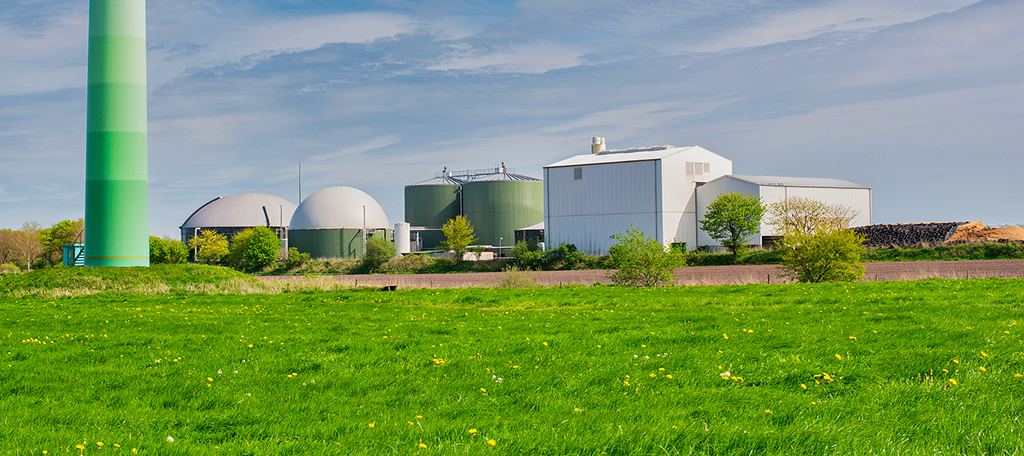During the coronavirus lockdown around the world, restaurants and bars had huge stocks of food and alcohol go to waste. However, in Australia, stale beer is producing renewable energy in the form of biogas.
This stale beer is now being dubbed “Energy Ale” and is producing enough energy to power 1,200 homes a month. The energy conversion is taking place at Glenelg Wastewater Treatment Plant.
Under normal circumstances, the plant will generate 80% of its energy from sewage sludge.
However, by adding 150,000 liters of stale beer into the mix, the plant was able to significantly increase its biogas generation. In May, they created 355,200 cubic meters of biogas.
What Is Biogas?

So your probably wondering what exactly is biogas and why is alcohol so effective at producing it?
Biogas is the combination of gasses that are produced from the breakdown of organic matter (plants, agricultural waste, manure, sewage, food waste, etc.) without oxygen. It can produce electricity and properly utilize the world’s waste.
During the production of this material, there is a heating process where oxygen is not present in the container. This allows for the creation of methane-rich fuel. Alcohol is actually the best thing you could ask for in this process.
It produces an exceptionally high amount of heat during combustion. As a result, far more biogas is possible.
Why Isn’t This Done Normally?
Unfortunately, while Biogas has been around for years, the process of making it is not simple. The number of facilities in a given region that can produce it is quite small.
As a result, most food waste including alcohol does not end up in the process. Until new and most importantly cheaper technology comes along, biogas cannot grow rapidly like solar and wind.
However, it is very likely part of the solution to helping the world manage its waste problem. Instead of throwing our expired food and alcohol, we can use them as renewable energy to power our homes.


